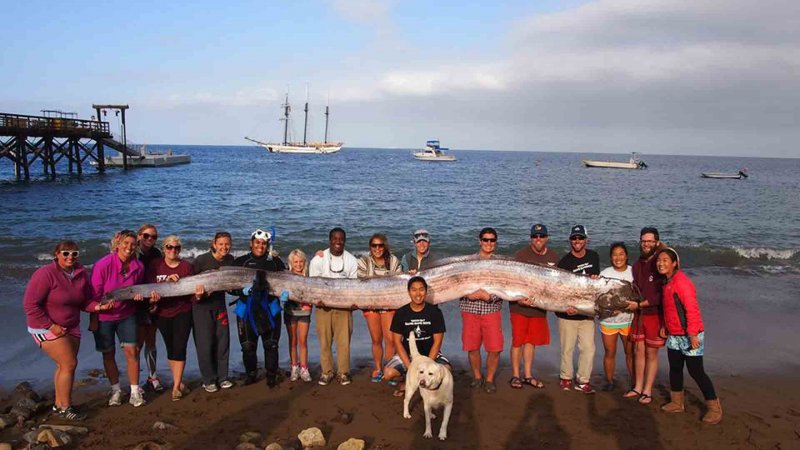Recently two Ohio middle school boys were suspended from riding the bus for farting on the bus. If these boys were part of a school of herring they’d have no repercussions. In fact, they’d be making the grade in language arts.
Back in 2003 an article published in the U.K. science journal Biology Letters explained a phenomenon discovered by scientists at the Bamfield Marine Science Centre, British Columbia, Canada, where herring produce high-frequency sound bursts followed by a fine stream of bubbles, dubbed Fast Repetitive Tick (FRT).
The noise can be up 22 kilohertz.
It is suspected that these FRTs are not to be a call to hunger or a call to breed but rather are triggered while the fish are swimming at night while in large densities as a means of communications. According to a National Geographic article on the subject, “It might seem an amusing idea to us that herring communicate using farts. But for herring and the mammals that prey on them, FRTs may signal safety—or the next meal.”
Related articles
- Ohio Boys Suspended For Farting On School Bus (weirdnews.aol.com)










What people are saying …